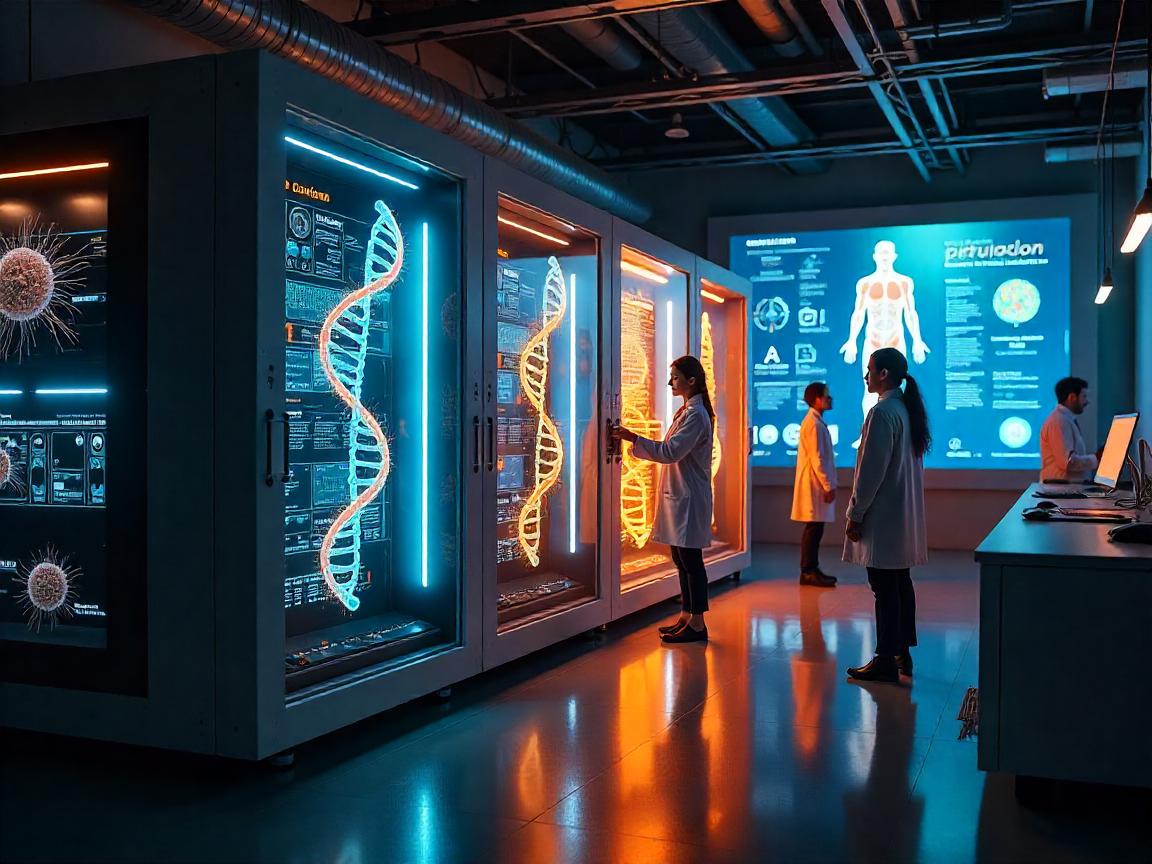
What if tomorrow science was not only about human beings making discoveries- but machines aiding us in making them quicker, smarter, and more ethical? The new Doudna supercomputer is pledged to do just that. It is named after Jennifer Doudna, the Nobel prize-winning co-discoverer of CRISPR, and this state-of-the-art machine is being constructed not merely to crunch data, but to enable a new age of biological intelligence.
The name does not only have a symbolic meaning. It represents a merging of biotechnology and computation so profound that it may rewrite the way we think about health care, climate change, and even the human genome itself. Designed and developed by Berkeley Lab and the U.S. Department of Energy (DOE), Doudna supercomputer will be AI-heavy optimized, focusing on genomics, molecular biology, and biomedical simulations.
Engineering a Giant Brain for Science
Just consider a computer that could do in minutes what it may take researchers weeks or even months to comprehend. That is the promise of Doudna. As per the official communications of the DOE, the supercomputer will consist of a hybrid CPU+NVIDIA Grace Hopper Superchip architecture- which is optimal to accelerated AI, deep learning, and simulations tasks in biomedicine and material sciences.
It is anticipated to perform at multi-petaflop level, which will make it one of the most powerful computing systems in the world. This is not all about speed though. It is capacity and intelligence.
- Petabyte storage to work with population level genomic information
- Machine learning model optimized hardware on cellular functionality AI.
- Sustainable construction Energy efficient (up to 40 percent reduced power consumption over today s HPC clusters)
We should not forget: Doudna is not constructed in empty space. It is a reaction direct to the proliferation of data by sequencing projects, CRISPR screening, and high-throughput drug discovery platforms. And since biology has become a big data science, we require machines which can think in a biological manner.
AI Meets CRISPR: Speeding Up Discovery Cycles
The really thrilling aspect of Doudna comes in the area of genomic research and the development of CRISPR. The conventional gene editing process can require years to go through hypothesis to preclinical trials. And now suppose you could compress that into months–or even weeks.
The supercomputer could model off-target consequences of gene edits, and mutation outcomes using deep learning models trained on large libraries of genomes, and can even propose new CRISPR guide RNAs given patient-specific information. An April 2025 research preview, by the Broad Institute, found that AI-accelerated genomic modeling had already cut the design phase of CRISPR experiments by up to 70 percent in test conditions.
Real-world analogy:
In the same way that AlphaFold2 transformed protein folding by predicting the 3D structure with AI, Doudna might create “AlphaGenome” the idea is that we no longer only simulate a single gene, but we simulate whole genome-editing strategies in thousands of genetic backgrounds.
It is not too difficult to envision a time when we do not conduct clinical trials to find out whether a therapy is likely to be effective-we run them in silico with alarming precision.
Going Beyond the Genome: Multidisciplinary Power
Although Doudna is biological in origin, its use will be enormous. As a matter of fact, the DOE has a roadmap on Doudna that involves climate modeling, clean energy chemistry, quantum material simulation, and pandemic response strategies.
Recently, a group at the University of Chicago modeled the way that various COVID variants might adapt to the pressure of various vaccine formulas. On current clusters these simulations required more than 20 days. Using the capacity of Doudna, such simulations could be performed in less than 3 days- and with AI assistance in real-time, to alter strategies during the simulation.
Other use cases:
- Neurodegenerative diseases Drug discovery pipeline
- Simulation of metabolism to environmental transitions
- Computation of artificial life systems to make biofuels
Possible scale is immense–and scientific world is aware of it. Science magazine reported that more than 13 institutions have already negotiated to get early access to Doudna infrastructure by the end of 2025.
Jennifer Doudna: A Legacy That Powers Machines
It was more than PR to name this supercomputer after Jennifer Doudna. It had been a cultural indication. At a time when machines are guiding an ever-larger portion of the scientific process, a celebration of a biochemist, a person who deciphered the code of life, grounds the technology in a human tradition.
Doudna told Nature in a 2024 interview that the previous decade had been about decoding life. The second will be concerning rewriting it- accurately, carefully and responsibly.”
This supercomputer is a testament to the ethos of Doudna—responsible development and scientific integrity. It’s designed to improve the human condition by computing billions of biological variables with unmatched precision.
This provides me with hope, as a geneticist myself. We used to deal with batch effects, dirty data, and days-long simulation runtime. This is a system, such as Doudna, optimized within our field, in our language, and it will alter what can be done and how quickly.
Final Thoughts: Machines That Model Life Itself
Where does this bring us then? Where biology and AI are not merely collaborating, they are becoming one. The Doudna supercomputer is not only a quantum leap in computing. It also represents a philosophical tidal change in the way we practice science. The tools are being made that not only aid human beings in research but also work alongside us in discovery.
Will we be prepared to see what is next?
Machines are beginning to decode life faster than we can even write papers about it. When that happens, the real holdup won’t be technology—it’ll be imagination.